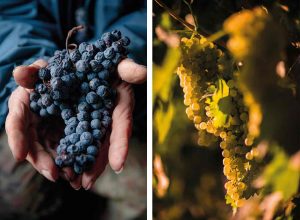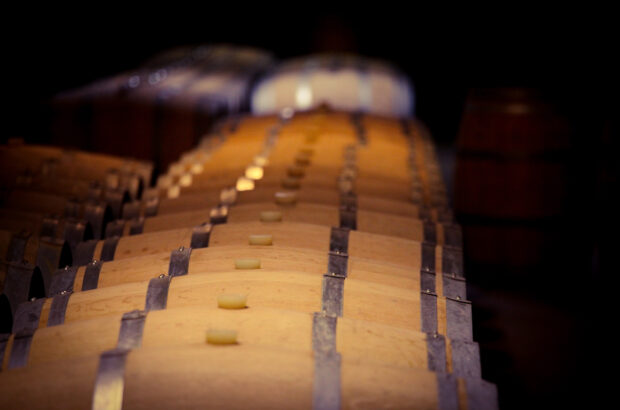In Umbria, in the heart of Italy, lies the region of Montefalco. Vineyard-clad hillsides frame enchanting historic villages, creating a magical landscape. This region is the ideal match between man and nature, rich in treasures of inestimable artistic and cultural value.
The Sagrantino grape variety is symbolic of the region, a bastion of authenticity and the essence of this extraordinary territory… but it is not the only one. Indeed, this area is home to a number of great wines, both red and white.
Sagrantino: a symbol of Montefalco
Few Umbrian wines represent the concept of terroir to the extent that Montefalco Sagrantino does. Umbria has been home to the Sagrantino grape since time immemorial – although it was probably cultivated by the first Franciscan monks who used it, as the name implies, for sacraments.
It is a variety indigenous to the area. Like many other great gems of international winemaking, even the most distant story of Sagrantino relates to the production of sweet wines. It is, however, the most recent, dry (secca) version that has put this wine on stage among the great Italian reds.
Thanks to this new direction, Sagrantino has written a new chapter for itself in the modern world, achieving DOC recognition in 1979 and DOCG in 1992. It’s a story that’s still being written, but the path is increasingly clear, highlighting stylistic variations that have definitive Mediterranean traits: intensity, depth and extraordinary length.

Sagrantino (left) and Trebbiano Spoletino (right) grapes
Trebbiano Spoletino – richness and structure
The wines produced from this variety tend to be two-dimensional. On the one hand, there’s a richness – unusual for this latitude – in terms of fresh aromas, acidic structure and a citrus thread. On the other, there are recognisable and even more familiar traits for the area such as sweet fruitiness, structure and a savoury element.
The traditional grapes of the area
In addition to Sagrantino, the region has other varieties of exceptional value, such as Trebbiano Spoletino and Grechetto among the whites, and Sangiovese among the reds. Other great local wines are Montefalco Rosso, Montefalco Bianco, Montefalco Grechetto, Spoleto Bianco, Spoleto Trebbiano and Spoletino secco e passito.
A part of Italy that is ready to be discovered, full of charm and enchantment, from the glass to the table.
Montefalco, territory of wine.
Discover more and connect: www.consorziomontefalco.it








